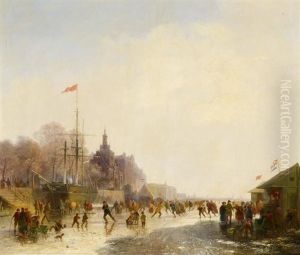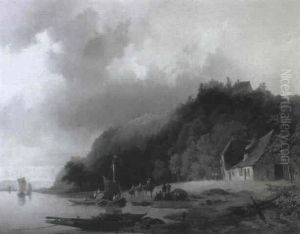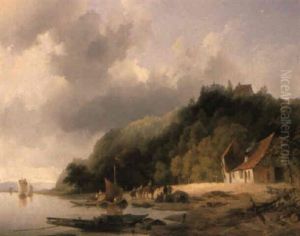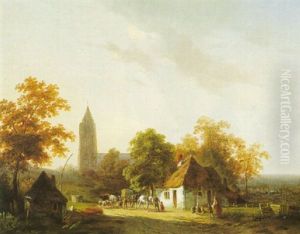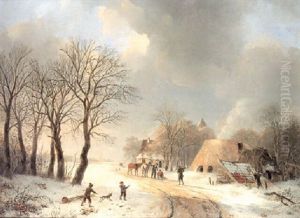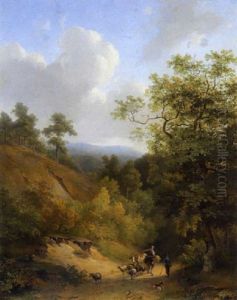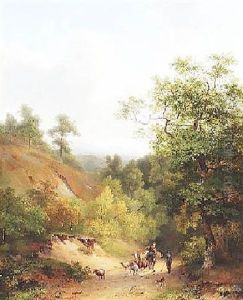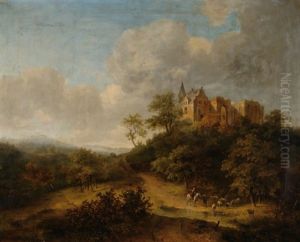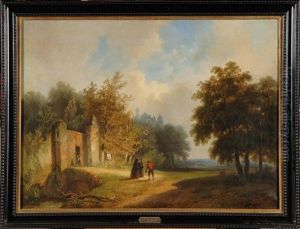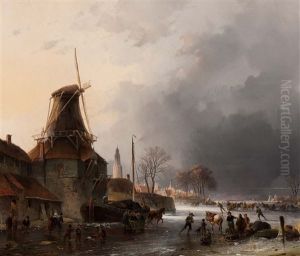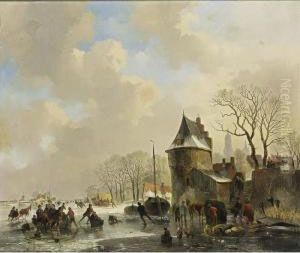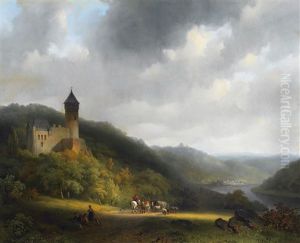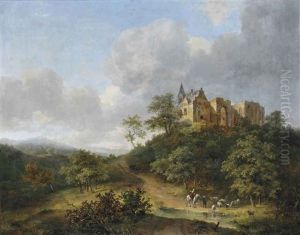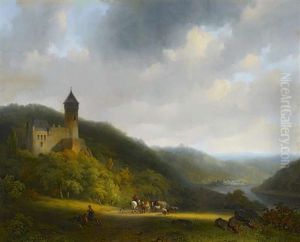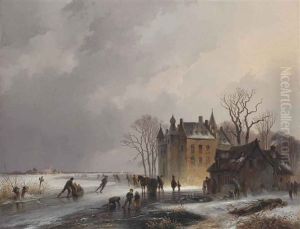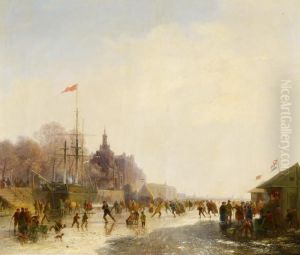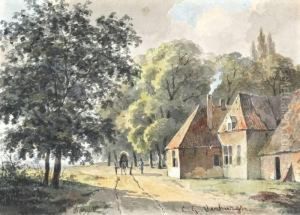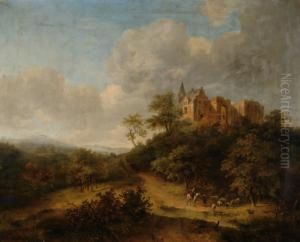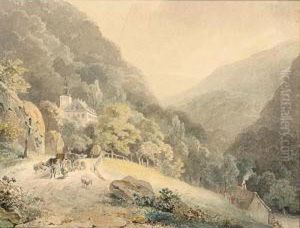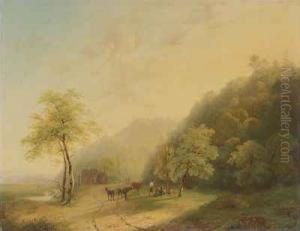Cornelis Gerrit Verburgh Paintings
Cornelis Gerrit Verburgh, a Dutch painter born in 1885, carved a distinct niche for himself in the realm of art during the first half of the 20th century. While not as widely recognized as some of his contemporaries, Verburgh's contributions to Dutch painting offer a glimpse into the evolution of European art during a period marked by significant upheavals and transformations. His life and work spanned a time of great change, including both World Wars, which inevitably influenced the themes and styles of his art.
Verburgh's artistic journey began in the Netherlands, where he was deeply immersed in the country's rich artistic heritage. The Netherlands has a long-standing tradition in painting, with the Golden Age of Dutch art in the 17th century laying a foundational influence for generations of artists to come. Despite this, Verburgh managed to develop a unique style that, while rooted in the Dutch tradition, reflected the shifting aesthetics of the early to mid-20th century. His work often explored the interplay between traditional subjects and modernist approaches, melding classic techniques with emerging trends of his time.
Throughout his career, Cornelis Gerrit Verburgh exhibited a keen interest in landscapes and still lifes, genres that have been quintessential to Dutch art for centuries. However, he approached these subjects with a modern sensibility, experimenting with light, color, and composition in ways that subtly pushed the boundaries of the expected. This blend of the old and the new helped to create a body of work that was both familiar and refreshingly innovative.
Despite his contributions, Verburgh remained relatively under the radar in international art circles. His work was primarily appreciated within the Netherlands and among certain European art collectors who were attuned to the nuances of Dutch painting. The reasons for this limited recognition are manifold, including the overshadowing presence of more dominant figures in the art world and the sometimes insular nature of the Dutch art scene.
Cornelis Gerrit Verburgh passed away in 1962, leaving behind a legacy that, while modest, is a testament to the enduring appeal of Dutch art. His paintings, characterized by their thoughtful compositions and subtle experimentation, continue to be studied and appreciated by those who seek to understand the depth and breadth of Dutch painting beyond the well-trodden paths of its most famous practitioners. In the end, Verburgh's work stands as a bridge between the past and future of art, embodying the transition from traditional realism to the modernist perspectives that would come to define the 20th century.
